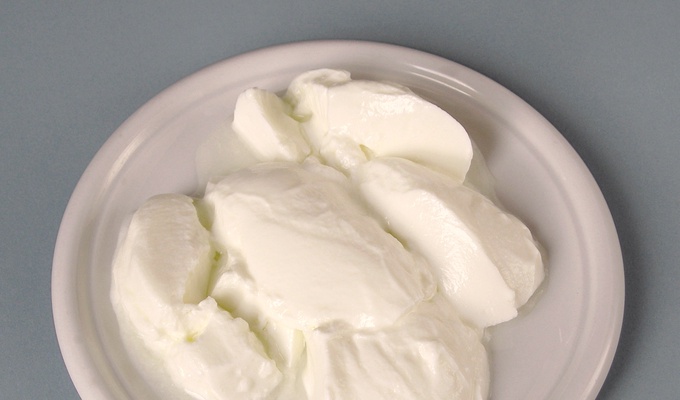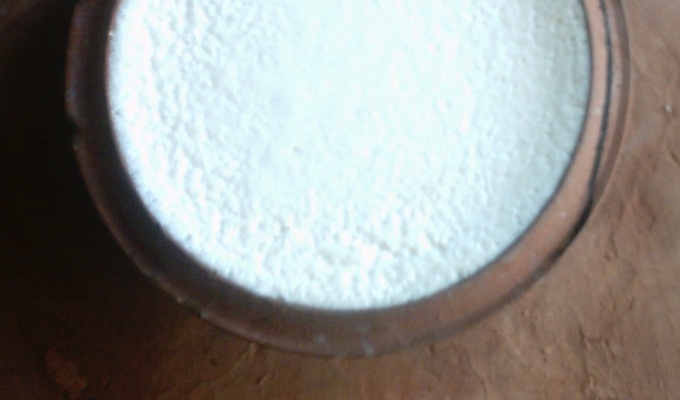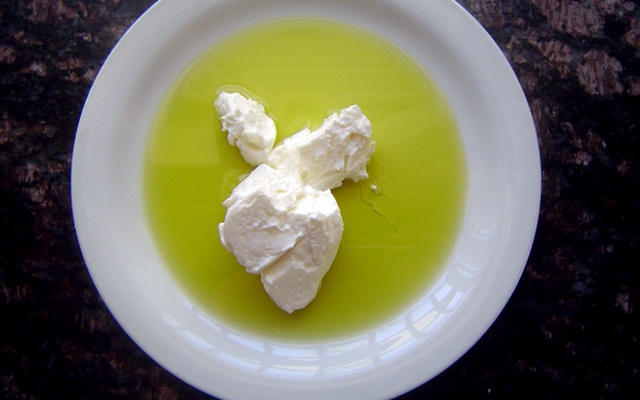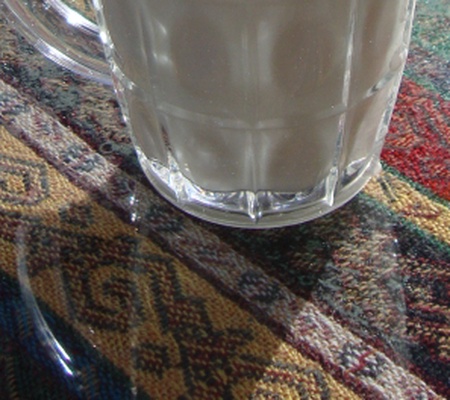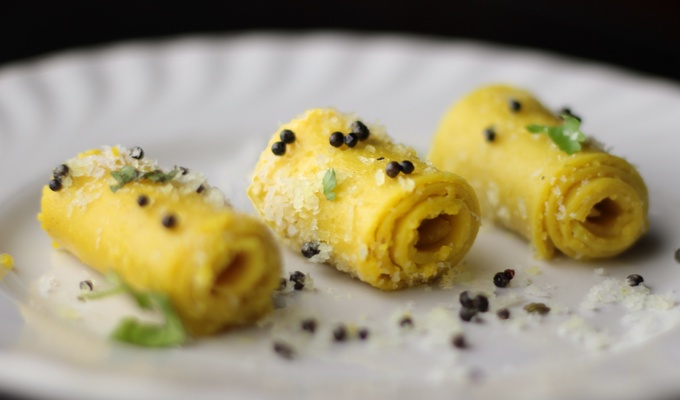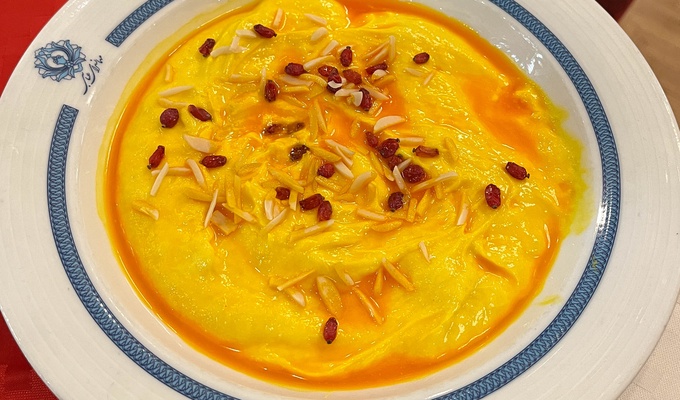Yogurt is a food produced by bacterial fermentation of milk. The bacteria used to make yogurt are known as yogurt cultures. Fermentation of sugars in the milk by these bacteria produces lactic acid, which acts on milk protein to give yogurt its texture and characteristic tart flavor. Cow's milk is the milk most commonly used to make yogurt. Milk from water buffalo, goats, ewes, mares, camels, and yaks are also used to produce yogurt. The milk used may be homogenized or not. It may be pasteurized or raw. Each type of milk produces substantially different results.
Yogurt is produced using a culture of Lactobacillus delbrueckii subsp. bulgaricus and Streptococcus thermophilus bacteria. In addition, other lactobacilli and bifidobacteria are sometimes added during or after culturing yogurt. Some countries require yogurt to contain a specific amount of colony-forming units (CFU) of bacteria; in China, for example, the requirement for the number of lactobacillus bacteria is at least 1 million CFU per milliliter.
To produce yogurt, milk is first heated, usually to about 85 °C (185 °F), to denature the milk proteins so that they do not form curds. After heating, the milk is allowed to cool to about 45 °C (113 °F). The bacterial culture is mixed in, and a warm temperature of 30–45 °C (86–113 °F) is maintained for 4 to 12 hours to allow fermentation to occur, with the higher temperatures working faster but risking a lumpy texture or whey separation.
